Dutch Influences in Japan: Historical and Cultural Landmarks
The connection between the Netherlands and Japan spans more than 400 years. It began in 1600 with the arrival of De Liefde, the first Dutch trading ship to reach Japan. During Japan’s period of isolation from 1641 until 1859, the Dutch were the only Western nation allowed to trade, serving as a crucial link between Japan and the outside world.
Today, remnants of this shared history can be found across Japan, from historical sites to modern cultural influences. Let’s take a closer look at some of the key destinations that highlight the bond between the Netherlands and Japan.
The Dutch Ship That Changed History: De Liefde and the Samurai Sailor

In 1600, the Dutch-built ship De Liefde drifted onto the shores of Japan. Only 24 of the original 110 crew members had survived the brutal journey. Among them was William Adams, an English sailor who had no idea he was about to step into history.
Instead of execution, Adams was brought before Tokugawa Ieyasu, who saw value in his navigation skills and European knowledge. Gaining the shogun’s trust, he became the first foreigner granted samurai status, taking the name Miura Anjin. He remained in Japan, married and played a key role in shaping its early ties with Europe. His memory thrives in Japan and the UK today among members of the Tokyo-based William Adams Club: https://williamadamsclub.org/
Today, the spot where De Liefde ran aground is marked by the De Liefde Arrival Memorial Park in Usuki, Oita Prefecture. Tucked along the coast, the park offers a quiet space to reflect on this unexpected cultural collision. A monument stands in honor of the ship and its crew, with plaques recounting how a desperate voyage changed the course of history.
The ship’s arrival and the fate of its survivors, particularly Adams, inspired numerous historical retellings. This includes the acclaimed TV adaptation of Shōgun, based on James Clavell’s novel. The series vividly brings to life the intrigue, power struggles and cultural clashes of feudal Japan. With Adams’ real-life experiences serving as the foundation for its protagonist, John Blackthorne. It’s a must-watch for those interested in history, samurai culture and the dramatic intersection of East and West in the early 17th century.
Huis Ten Bosch: A Dutch Experience in Nagasaki
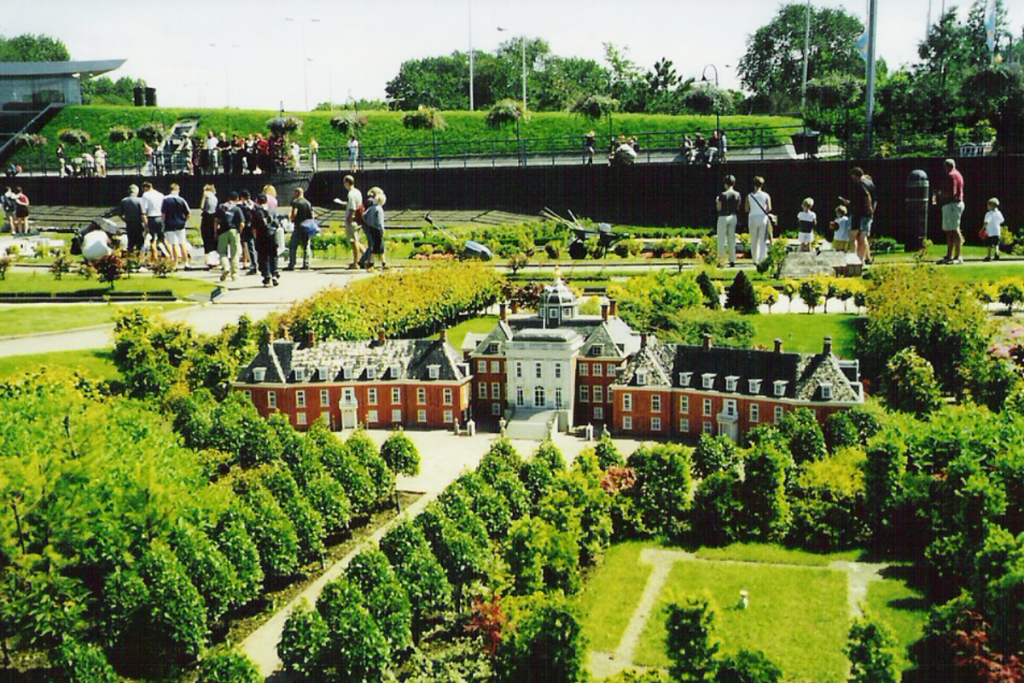
Nestled in Nagasaki Prefecture, Huis Ten Bosch is a sprawling Dutch-inspired theme park that brings the charm of the Netherlands and Japan with its picturesque canals, traditional windmills and vibrant tulip fields. Covering more than 150 hectares, the park feels like a European town. Complete with cobblestone streets, Dutch-style buildings and a variety of shops selling cheese, stroopwafels and other Dutch treats. Visitors can explore cultural museums, enjoy boat rides along the canals and experience cutting-edge attractions such as VR theaters and themed performances.
The park hosts spectacular seasonal events. These include the breathtaking Tulip Festival in spring and one of the world’s largest winter illumination displays. Additionally, millions of LED lights transform the park into a magical wonderland. Guest can stay in unique themed accommodations, from the luxurious Hotel Europe to the high-tech Henn na Hotel, which is staffed by robots. Whether admiring the flower-filled landscapes, indulging in Dutch delicacies or immersing in European-style festivities, Huis Ten Bosch offers a one-of-a-kind experience that blends cultural heritage with modern entertainment.
Dejima: The Dutch Trading Hub
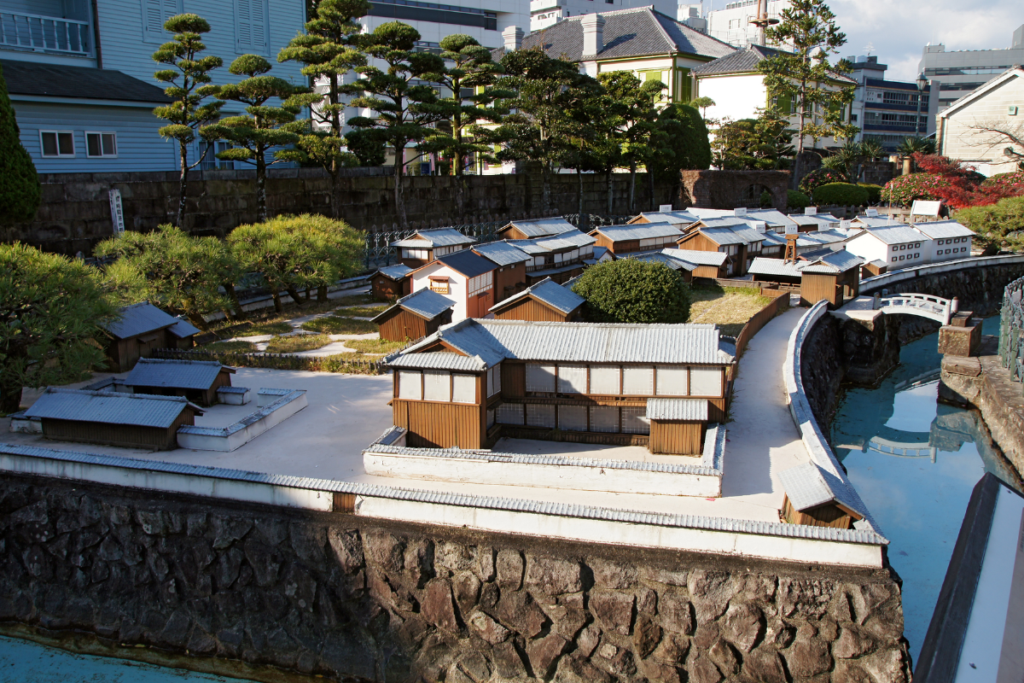
During Japan’s isolationist period (sakoku), Dejima was the country’s only official gateway to the West, serving as a vital link between the Netherlands and Japan. Established in 1609 in Nagasaki, this artificial island became an exclusive Dutch trading post in 1641, facilitating the exchange of goods, science, medicine and technology for more than two centuries. Through Rangaku (Dutch learning), Japan gained valuable insights into Western advancements, influencing its modernization efforts.
Today, Dejima carefully restored with replicas of historic merchant residences, warehouses and trade offices, allowing visitors to step back into the Edo period. Exhibits showcase Dutch-imported goods, scientific instruments and personal belongings of merchants. Accordingly, illustrating the Dutch role in shaping Japan’s understanding of the Western world. As a cultural and historical landmark, Dejima offers a fascinating glimpse into Japan’s controlled yet impactful foreign interactions during its years of isolation.
Arita and the Dutch Connection to Japanese Ceramics

The small town of Arita in Saga Prefecture, has been a center of porcelain production since the 17th century. Dutch traders exported Arita ceramics to Europe, where they greatly influenced Dutch Delftware. The best place to explore Arita’s ceramic heritage is Arita Será, a collection of 22 stores selling everything from fine porcelain to modern art ceramics. The 2016/ Arita project, a collaboration between Japanese kilns and international designers, features works by Dutch artists, merging both traditions.
Jan Joosten Memorial in Tokyo’s Yaesu District
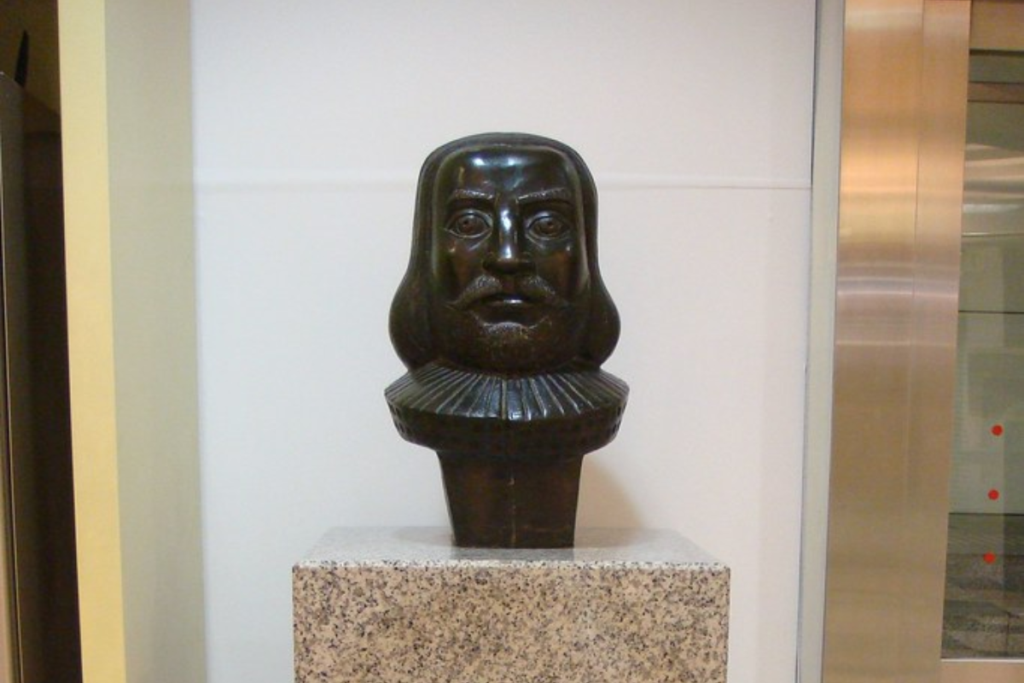
Tokyo’s Yaesu district derives its name from Jan Joosten van Lodensteyn, a Dutch navigator who arrived in Japan in the year 1600 aboard the Liefde, one of the first Western ships to reach Japanese shores. He quickly earned the trust of the Tokugawa shogunate, becoming a valuable advisor on foreign affairs and trade.
Granted a residence near what is now Tokyo Station, he assimilated into Japanese society, adopting the name “Yaesu,” a phonetic adaptation of his Dutch name. His contributions to Japan’s early interactions between the Netherlands and Japan cemented his place in history. Today his legacy endures in a memorial statue within the Yaesu underground shopping mall. This subtle yet significant tribute serves as a reminder of the centuries-old Dutch influence in Japan’s evolving international relations.
Miffy Cafe: A Dutch Icon in Japan

The beloved Dutch rabbit Miffy, created by illustrator Dick Bruna, has captivated a huge following in Japan. The Miffy Cafe Tokyo in Daikanyama immerses fans in a charming experience.
This cozy and stylish cafe brings Bruna’s minimalist yet playful designs to life. Adorable decor and a carefully crafted menu make every visit special. Guests indulge in Miffy-shaped pancakes, colorful Dutch-inspired sandwiches, and cute latte art featuring the iconic rabbit. The menu also delights with fluffy souffle pancakes and fruit parfaits, all beautifully arranged to reflect Miffy’s simple yet endearing aesthetic.
The ambiance is warm and inviting, with soft lighting, wooden accents and a relaxing atmosphere. This makes it a perfect retreat from the bustling city. The cafe also features exclusive Miffy merchandise, including themed tableware, plush toys and stationery. Thus, making it a must-visit destination for collectors and fans alike. Whether you’re there for the Instagram-worthy treats or to bask in nostalgic childhood memories, the Miffy Cafe Tokyo offers a delightful blend of modern Dutch cultural influence and Japanese hospitality.
Kaori no Ie Orandakan: The Dutch House in Kobe
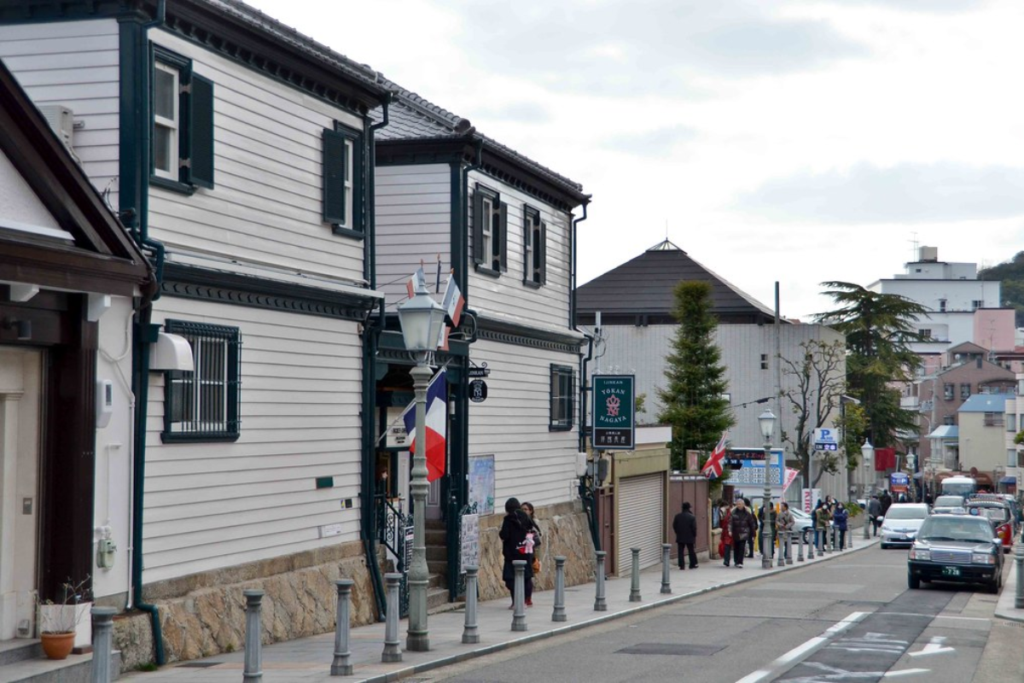
Kobe’s Kitano district is renowned for its picturesque Western-style mansions, known as ijinkan. This were once the residences of foreign merchants and diplomats during Japan’s late 19th-century period of international trade expansion. Among these historical homes is the Kaori no Ie Orandakan, a beautifully preserved former Dutch consul’s residence that has been transformed into a museum celebrating Dutch heritage and culture. Inside, visitors can admire antique Dutch furniture, intricate stained glass windows and classical artworks that offer a glimpse into the refined European lifestyle of the era.
The museum also provides a unique sensory experience with its perfume-making workshop. Here guests can create their own custom fragrances using scents inspired by traditional Dutch flowers, and spices, such as tulips, lavender and nutmeg. The combination of rich history, elegant interiors and an interactive fragrance experience makes the Kaori no Ie Orandakan a fascinating destination for history enthusiasts and those looking to explore the enduring Dutch influence in Japan.
Tekijuku: The School of Dutch Studies in Osaka

In the 19th century, Rangaku (Dutch learning) played a crucial role in Japan’s transition from a feudal society to a modernized nation, providing access to Western scientific and medical advancements despite the country’s isolationist policies under the Tokugawa shogunate.
One of the most important institutions for Rangaku studies was Tekijuku. This is a historic school in Osaka founded by Ogata Kōan, a physician and scholar dedicated to the study of Western medicine and sciences. The school became a hub of intellectual exchange, where eager students learned Dutch to study medical texts, anatomy, chemistry and natural sciences fields that were not yet widely available through traditional Japanese education. Many of its graduates went on to become influential figures in Japan’s modernization. This helped shaping the country’s advancements in medicine, public health and scientific research.
Today, the original wooden structure of Tekijuku has been meticulously preserved as a museum. Thus, offering visitors a glimpse into the rigorous academic environment of the time. Exhibits include antique medical instruments, Dutch-language books and personal belongings of Ogata Kōan, illustrating Japan’s early engagement with Western knowledge and the lasting impact of Dutch learning on its path to modernization.
Moooi: Dutch Design in Japan
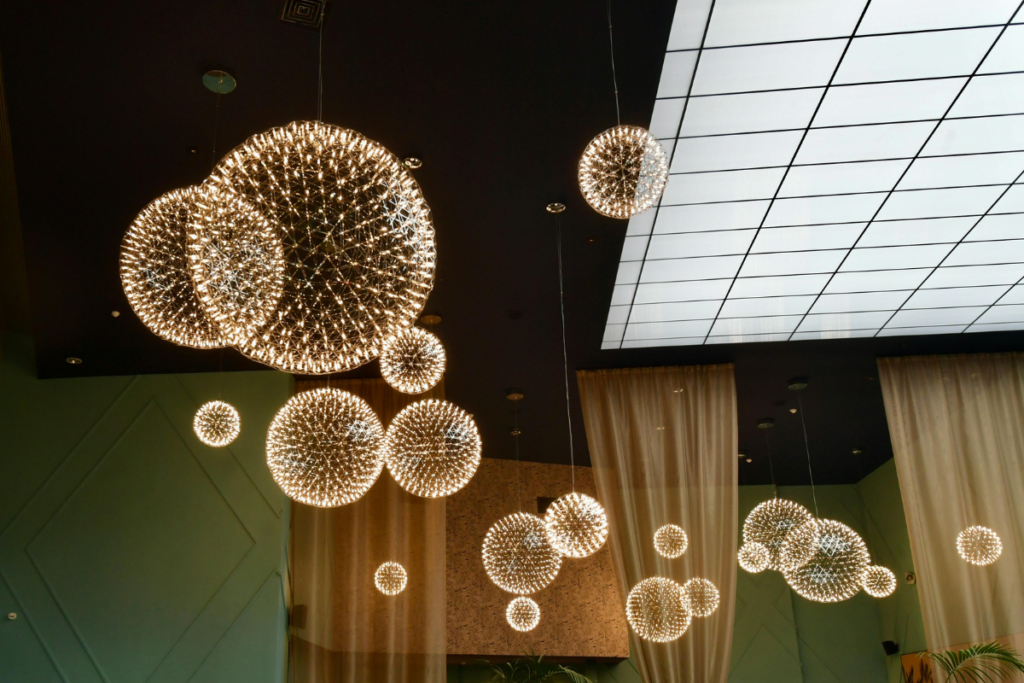
Dutch design continues to thrive in Japan, blending innovation with functionality. Moooi, a luxury furniture brand founded by Dutch designers Marcel Wanders and Casper Vissers, has a showroom in Tokyo’s Aoyama district. Known for its bold and artistic pieces, Moooi frequently collaborates with Japanese designers, creating a seamless blend of both cultures.
Discover the Dutch-Japanese Connection
From historic trading posts to cutting-edge modern design, the Netherlands has left an enduring mark on Japan, shaping both its past and present in unique ways. From the 17th-century Dutch trading hub of Dejima—where exclusive exchanges took place during Japan’s period of isolation—to contemporary Dutch-inspired architecture and cultural influences found across the country, this connection remains vibrant. Whether exploring centuries-old sites that tell the story of early commerce and diplomacy or visiting modern attractions that celebrate Dutch innovation. These locations offer a glimpse into a fascinating cultural exchange that continues to evolve and inspire.

